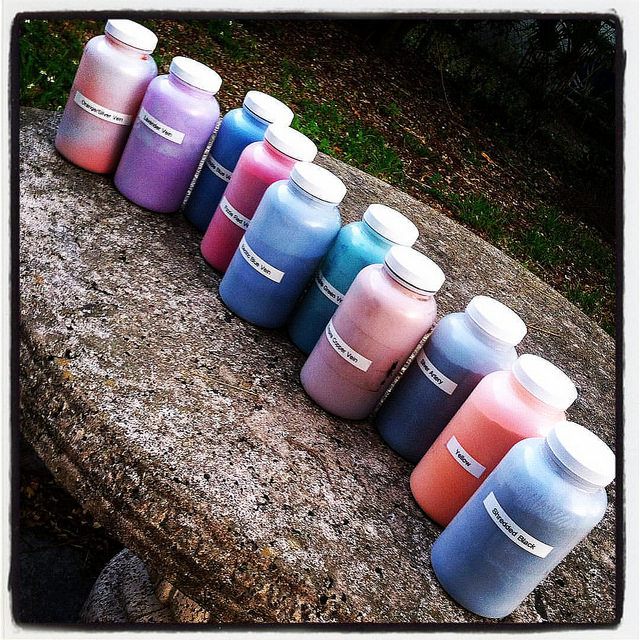
What is Powder Coating?
December 12, 2017 10:59 pm Leave your thoughtsIt’s a question that keeps you up at night, isn’t it? “It’s like painting, right?” you think to yourself as you stare at the clock. “But why is it a powder? How does that work? Did I remember to check the mail? Why do caregiver and caretaker mean the same thing?” And so on and so forth.
Perhaps you don’t actually have these thoughts at three in the morning, but it isn’t a bad thing for inquiring minds to consider. Powder coating is a popular offering of auto shops and home renovators these days, and there are plenty of locations that base the entirety of their business around the practice.
So what is it, and why should you consider getting it done? In the goal of making you, as they say, “a little bit smarter, a little bit wiser,” our goal this week is to give you a bit of a crash course on the subject. Let’s take a look.
What’s Different About It?
Your first thought may be that powder coating is something akin to spray painting, given that the application system and process are somewhat similar. A good guess, but a wrong one: it isn’t a liquid paint, but an actual, dry powder with a consistency similar to flour. A mixture of polymer resin, pigments, leveling agents, and other additives are melted, mixed, cooled, and ground down, then used as is. Consider it paint without the solvent, though with some other handy things thrown in to make it more reliable in the long run.
How Does It Work, Then?
Since it lacks the typical bonding agents of its liquid counterpart, powder coating on its own is ineffective: nothing in it will keep it properly adhered to a surface. A particular spray gun is consequently needed to apply it electrostatically: the gun applies a charge to the powder, which attracts it to the grounded metal of the target object.
Because said charge only lasts for so long, however, a second step is needed to keep it permanently attached. This is when temperature comes into play: the object must be placed under heat in order to cure, which causes the individual particles in the powder to chemically react and produce long, highly durable molecular chains that flow together (as in melt) to form an airtight skin.
As a result, larger products like household appliances and automobile parts are the most frequent recipients of a powder coating, but non-metallic surfaces can utilize it as well. If heated up slightly before being sprayed, it will partially melt upon contact and stick long enough to be finished in a curing oven as normal.
Why Is It Worth Doing?
While basic spray painting is the less expensive and easier solution for small-scale home projects, powder coating is preferable for large works and professional jobs for a few reasons. Beyond simply being more durable to moisture, chemicals, and impact, it also contains no solvents and therefore releases little to no pollutive compounds. The castoff material left behind by overspray can also be reused, unlike liquid paint. Finally, powder can produce much thicker coatings without running or sagging and maintain a more even appearance regardless of the direction of its application. So it not only keeps your things better protected from erosion and damage: it looks better, too!
A Bit More Work for a Superior Product
It may not be quite as simple as shaking a can and pointing, but powder coating’s reliability makes it well worth its costs. For anything from fencing to patio furniture, bed frames to doors, consider giving it a try on your next job, and consider Steel Advantage to ensure that that job is done right!
Categorised in: Metal Working
This post was written by Writer
